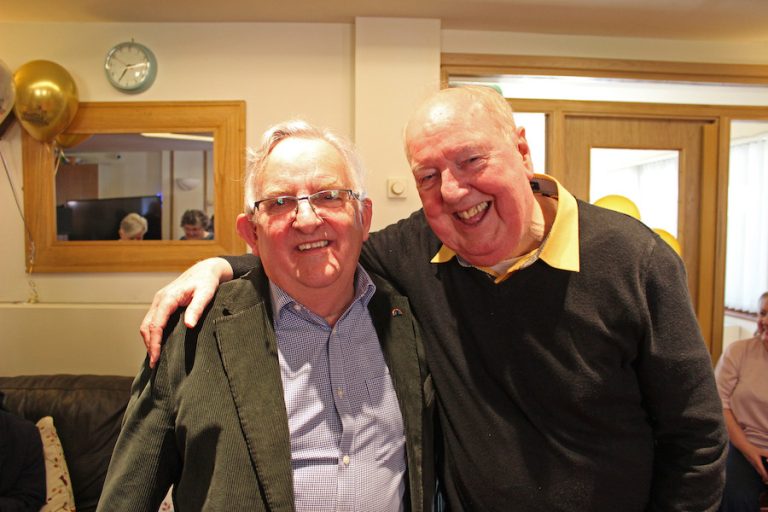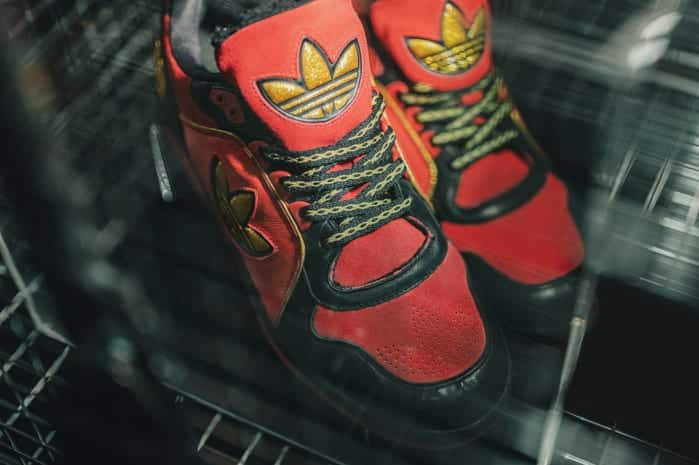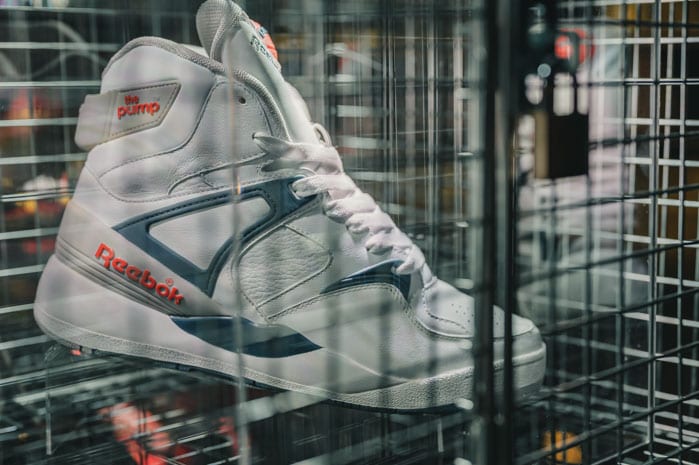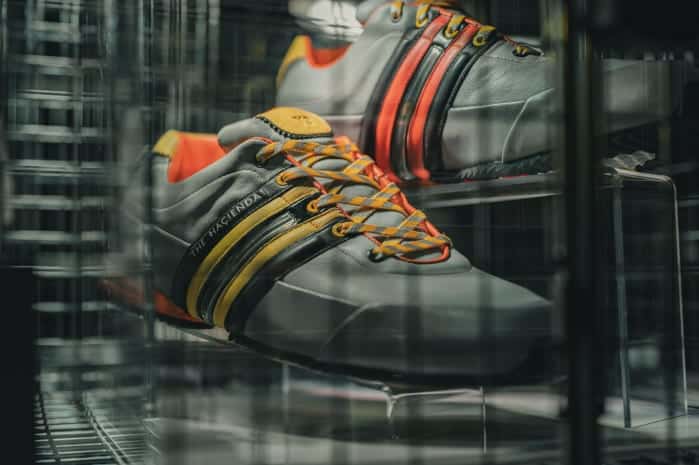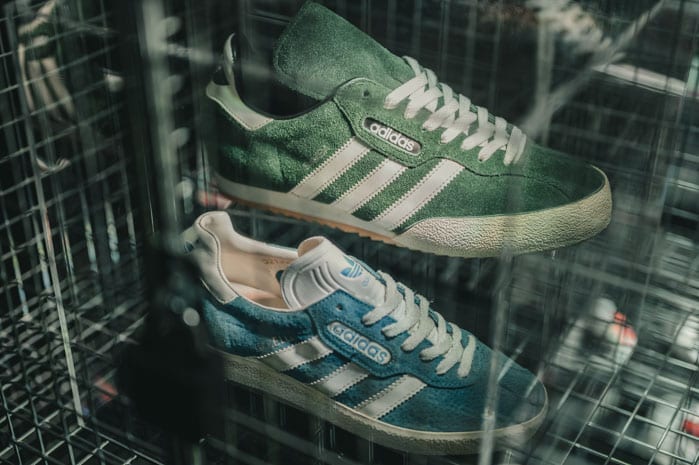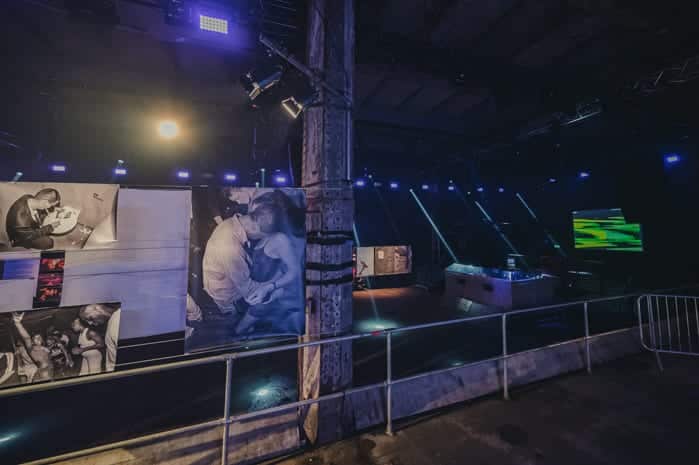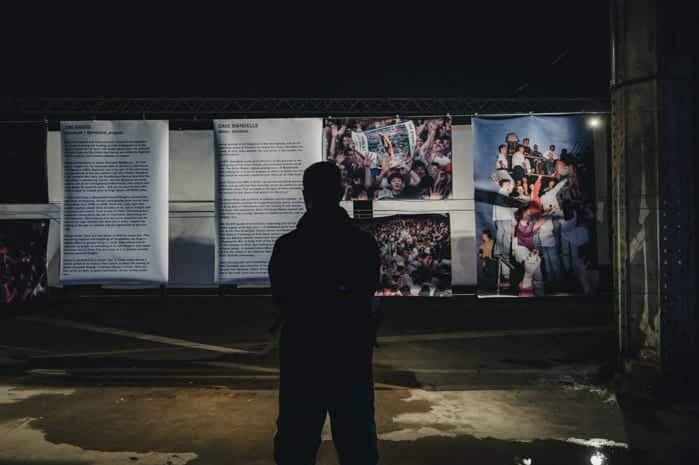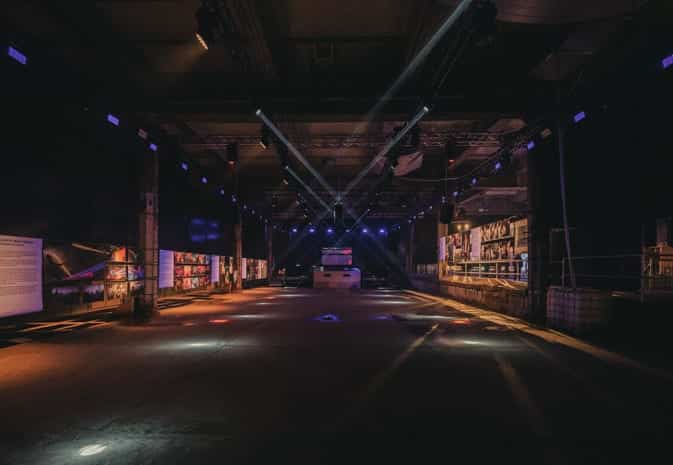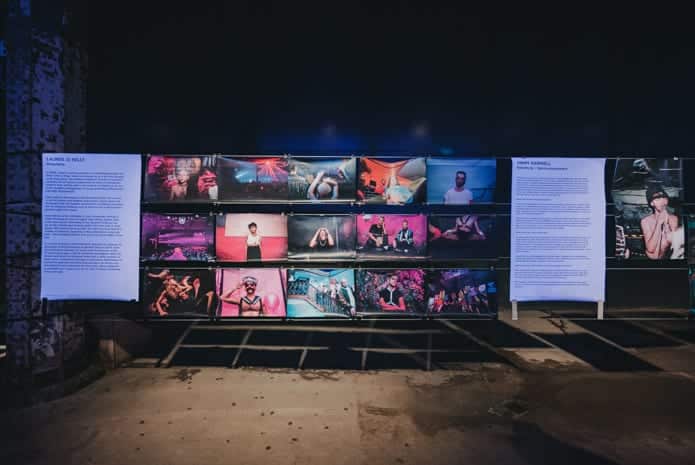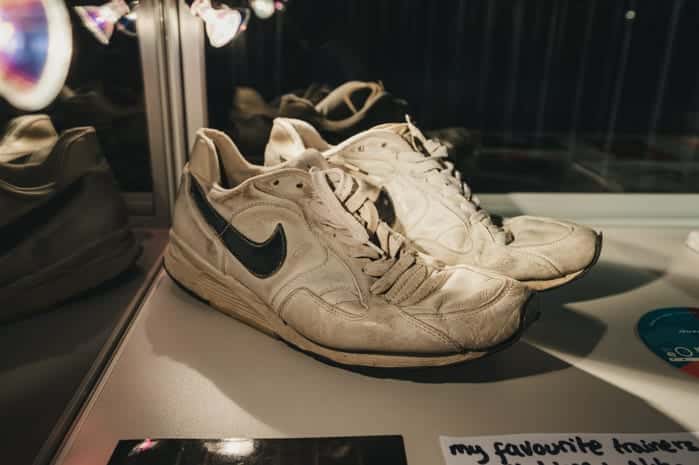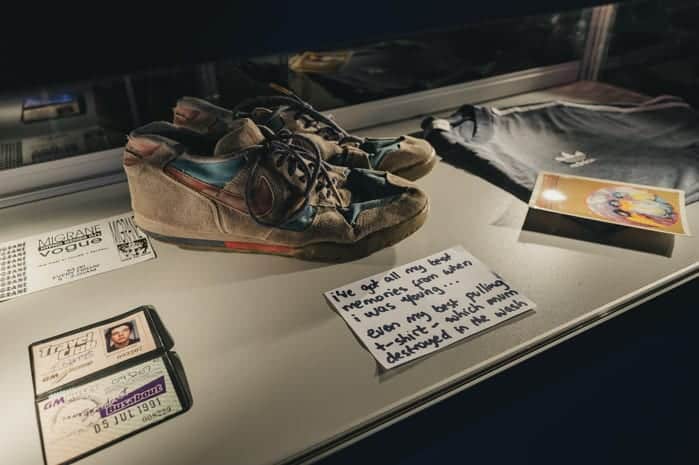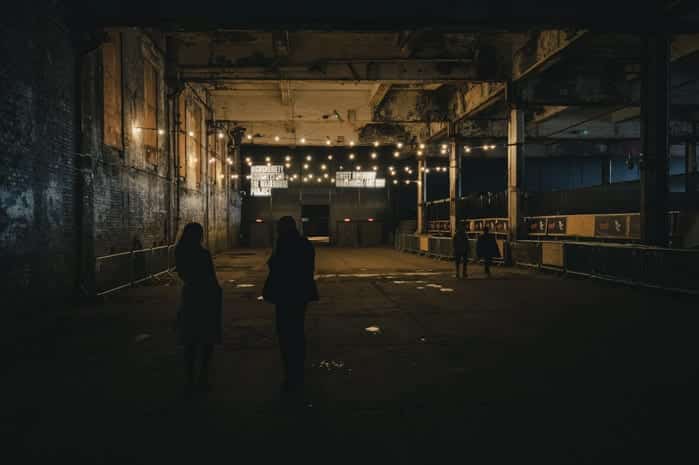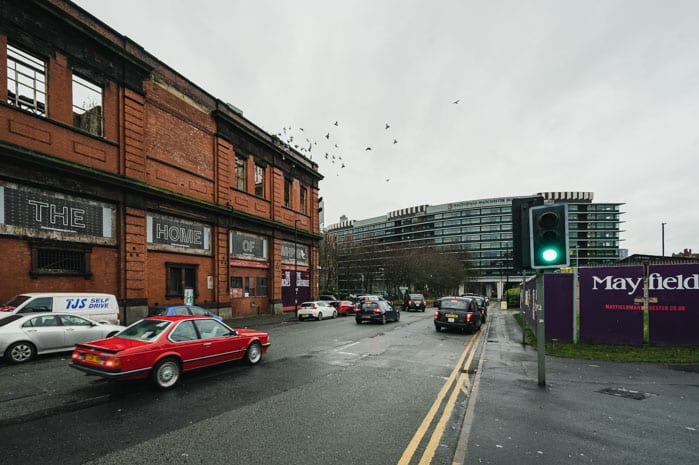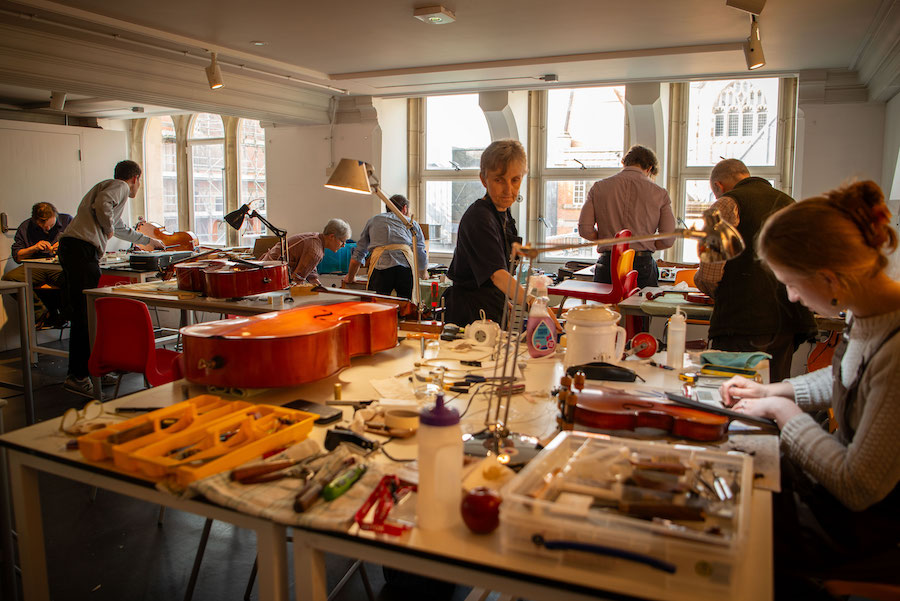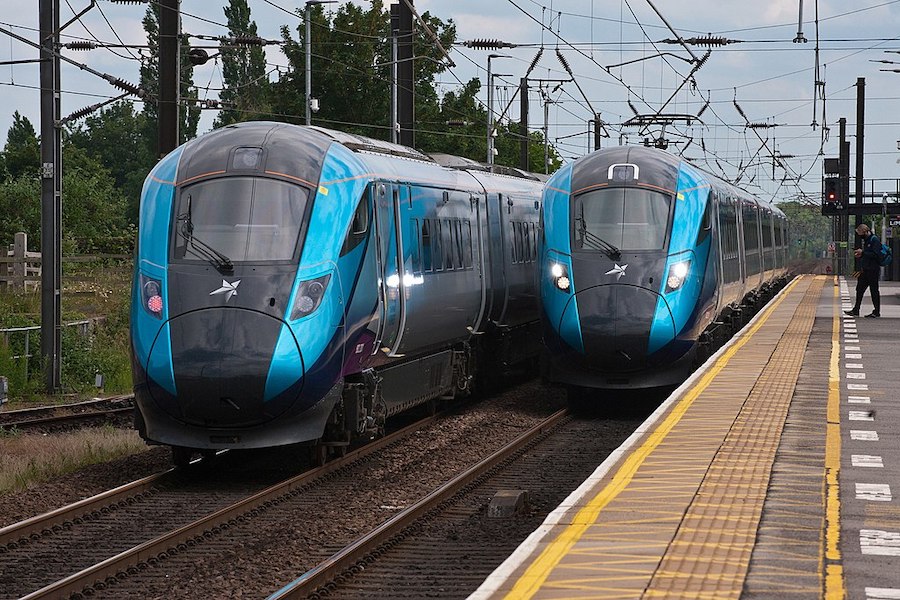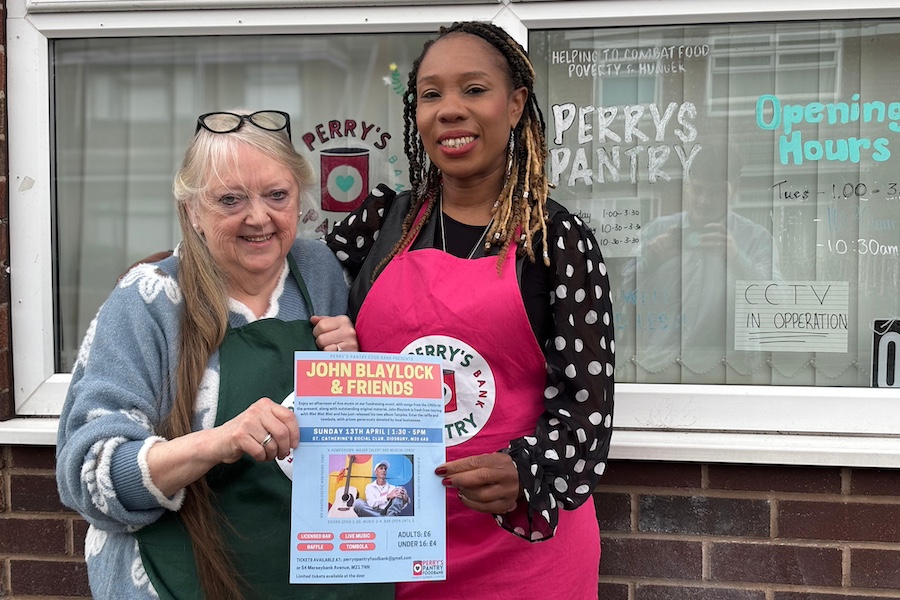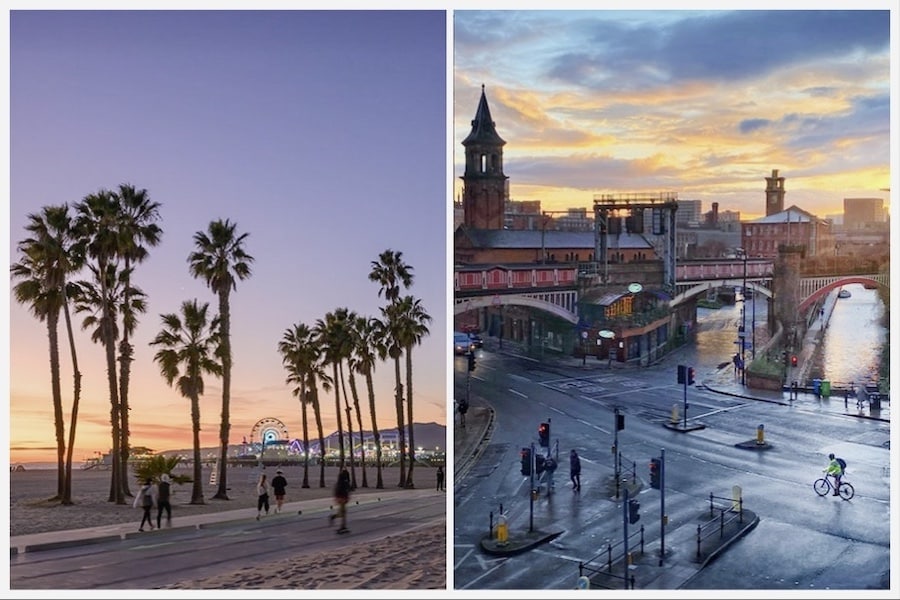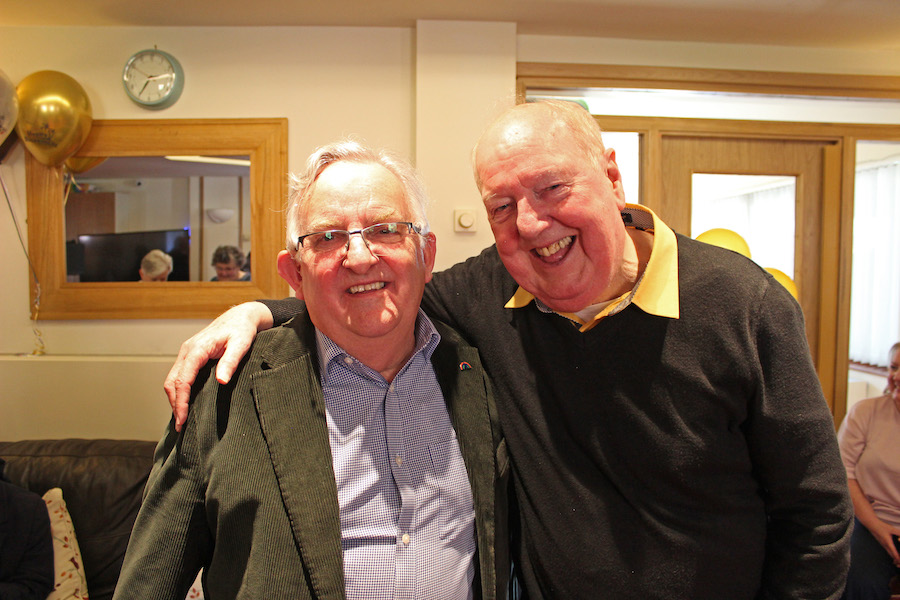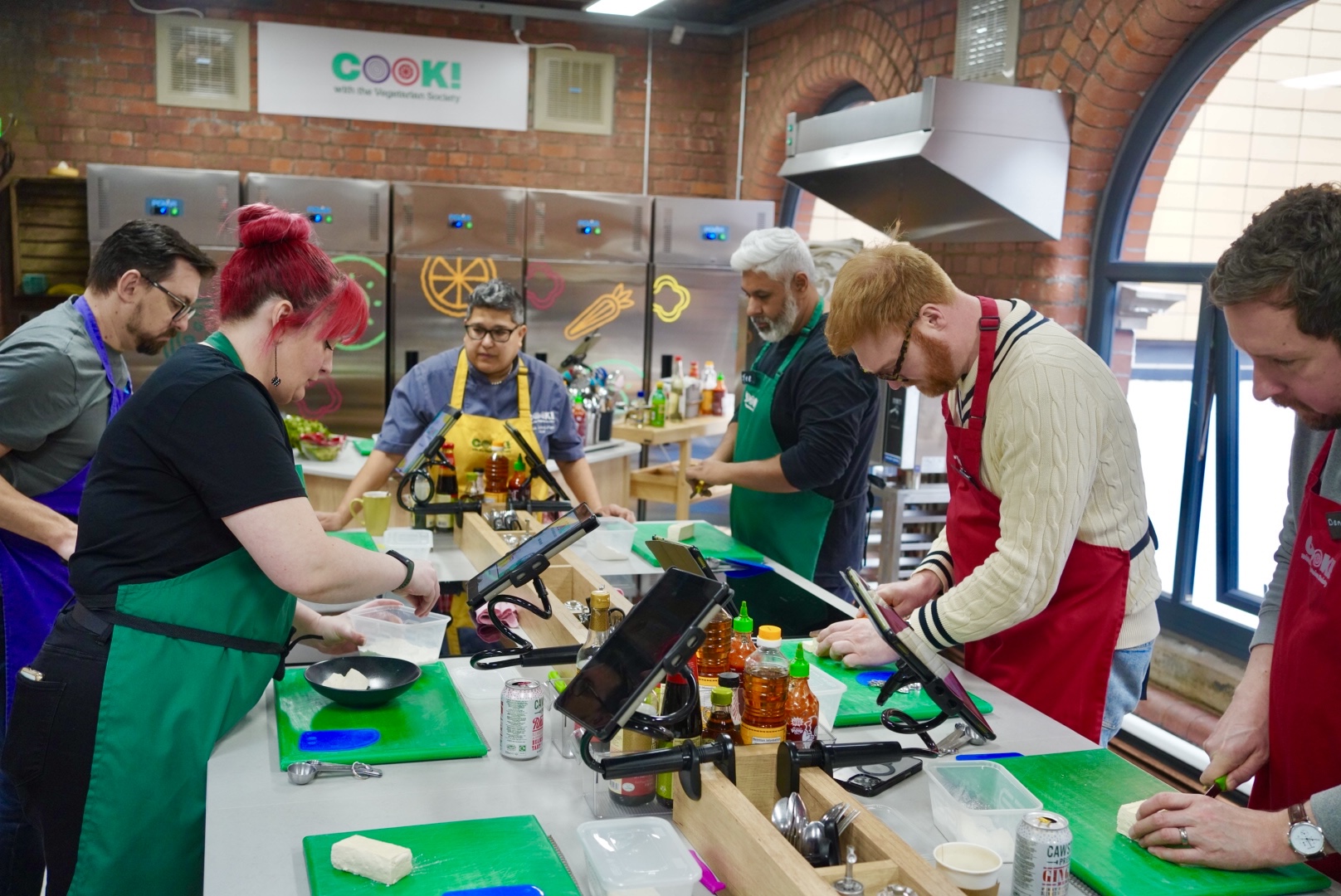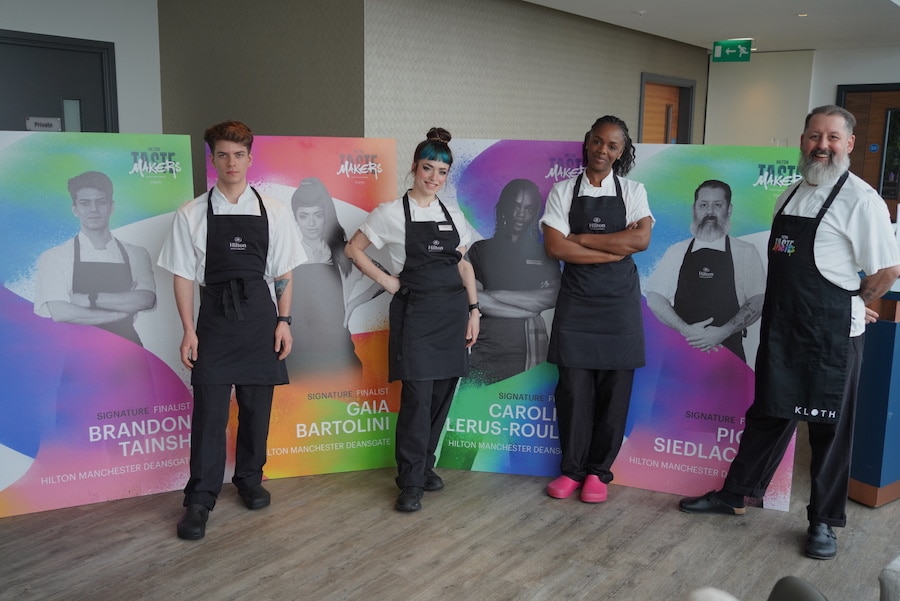The trainer and UK rave exhibit celebrating 30 years of dancing in Manchester and the North
- Written by Georgina Pellant
- Last updated 5 years ago
- Art & Design, City of Manchester, Culture
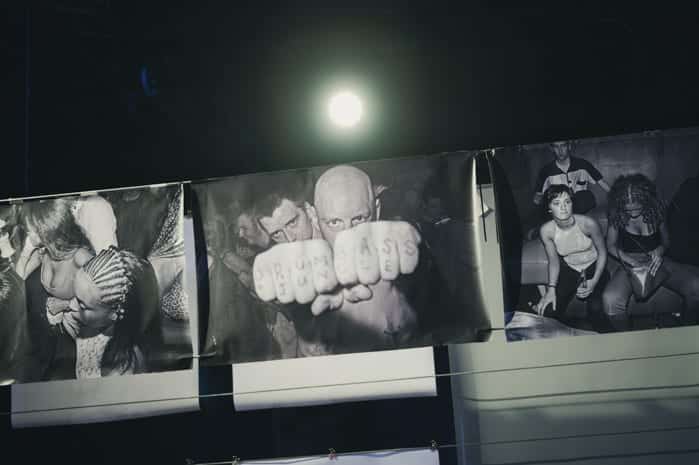
An exhibition celebrating UK rave culture and the iconic trainers that go with it has landed at Depot.
It has been organised by Highsnobiety in partnership with WHP, Size? and Saatchi Gallery.
It takes viewers through from the days of Acid House and the Hacienda to modern collectives like Homoelectric and WHP keeping the movement alive today.
What is usually the second room at WHP has been sectioned off for the exhibit. Until Wednesday, it is hosting a wealth of photographs from past and present raves alongside mixed media artworks and a specially-curated trainer exhibit.

A car hangs and rotates from the ceiling, whilst some of the historic images currently on display come from the likes of Dave Swindells and Jon Shard – who captured the legendary Spike Island gig of 1990 and Flesh nights at The Haçienda respectively.
More contemporary images, meanwhile, include photography from resident Hidden, Partisan and the White Hotel photographer Jay Chow, Homoelectric’s Lauren Jo Kelly and WHP’s Sebastian Matthes.
Kelly’s pieces feature images from her 2014 project ‘Life’s a Drag’, where she dressed up as a boy that dressed up as a drag queen, alongside shots from the ground-breaking alt-queer night Homoelectric.
Sitting alongside clubbing forebears such as Flesh, the “queer party for all” is not just leading the way in Manchester but across the globe, with founder Luke Unabomber making comparisons with Berlin and Detroit in the mid to late 80s.
Jay Chow’s work, meanwhile, recaptures the original spirit of raving for modern times and explores the Salford backstreets that have become the new mecca for Manchester’s underground party animals.
Exclusive to Manchester, Highsnobiety have also worked with streetwear brand Size? to curate a footwear retrospective showcasing shoes that have shaped rave culture in modern times.
The retailer has been supplying footwear to ravers since first opening its doors in 2000, and had chosen a mix of iconic shoes including Nikes, Balenciagas, Adidas Gazelles and Vans classic the Era.
Housed in a silver cage amid hanging photography prints, some of the shoes on display are been priced at over £5k.
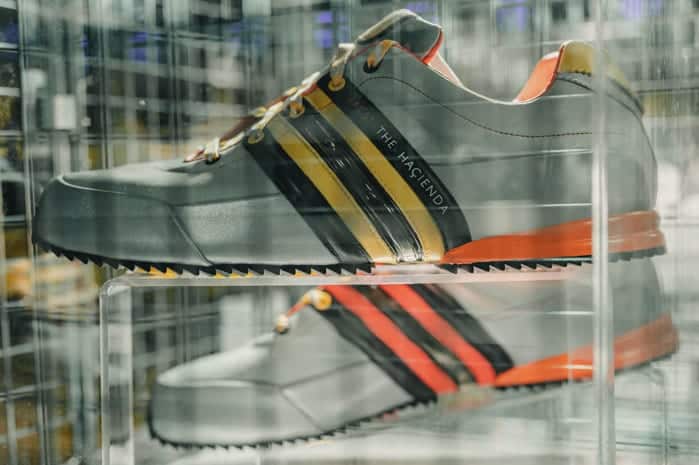
Behind them, a series of display cases hold mementoes unique to Manchester’s own rave history.
All collected by one Thomas Watts, an undergraduate student at Manchester Polytech – as we glean from his ID card, which is in every case alongside fliers for club nights and pairs of battered trainers.
Aside from making us nostalgic for the days of keeping clubbing fliers (it’s not the same saving a jpeg to your phone nowadays), Thomas’s personal archive gives a fascinating insight into what it was like to be going out to raves in Manchester as a student in the 90s.
Drawing parallels between then and now, it’s easy to see how – just as is the case today – the wavy youth unintentionally shaped ‘streetwear’ and sneaker culture as we know it.
After all, in real terms, a movement is merely you, your friends and your friends’ friends all liking and endorsing the same thing. It’s the power of people as a collective, pure and simple. Internet, no internet, it doesn’t matter.

Further photography comes from Elspeth Mary Moore and shows ravers leaving a Massive Attack gig held in the very space in which we’re stood.
Photojournalist Adrian Fisk shows a connection between partying and politics as he documents illegal Manchester rave outfits Pollen and Freedom to Party.
Look closely to spot familiar faces from the scene, including DJ SpaceMann and Alphonso Buller, aka MVITA (Manchester vibe in the area), at a free party occupying playing fields in Chorlton.
Throughout his early years, Fisk also captured the antics of the city’s environmental protesters, many of whom occupied trees to stop them being cut down as part of the then-governments road expansion plans.
Similar to today’s Extinction Rebellion, his images show how 90s counter-cultural movements used creativity to counter the state.
Many threads run throughout this exhibit, tying together counter-cultures, creative movements, ravers and artists. But uniting them all is rave culture, a shared love of music, and ambitious hopes for the future.
Rave in Manchester will never die, and that’s a fact.
The exhibition is at Depot until Wednesday 11th December.
- This article was last updated 5 years ago.
- It was first published on 10 December 2019 and is subject to be updated from time to time. Please refresh or return to see the latest version.
Did we miss something? Let us know: press@ilovemanchester.com
Want to be the first to receive all the latest news stories, what’s on and events from the heart of Manchester? Sign up here.
Manchester is a successful city, but many people suffer. I Love Manchester helps raise awareness and funds to help improve the lives and prospects of people across Greater Manchester – and we can’t do it without your help. So please support us with what you can so we can continue to spread the love. Thank you in advance!
An email you’ll love. Subscribe to our newsletter to get the latest news stories delivered direct to your inbox.
Got a story worth sharing?
What’s the story? We are all ears when it comes to positive news and inspiring stories. You can send story ideas to press@ilovemanchester.com
While we can’t guarantee to publish everything, we will always consider any enquiry or idea that promotes:
- Independent new openings
- Human interest
- Not-for-profit organisations
- Community Interest Companies (CiCs) and projects
- Charities and charitable initiatives
- Affordability and offers saving people over 20%
For anything else, don’t hesitate to get in touch with us about advertorials (from £350+VAT) and advertising opportunities: advertise@ilovemanchester.com
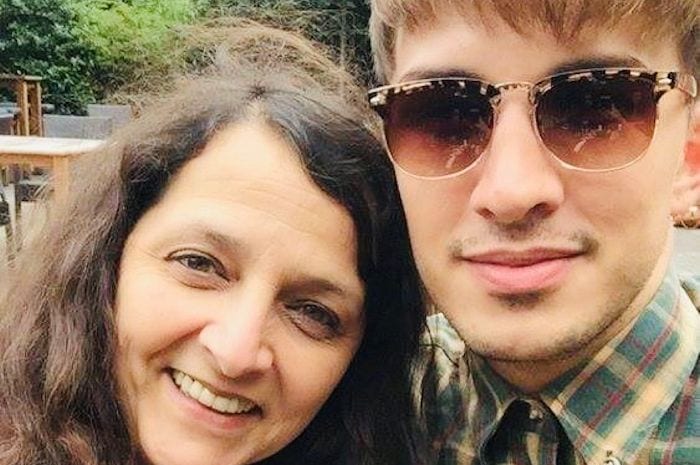
Martyn’s Law set to be granted royal assent today to protect venues from terror attacks
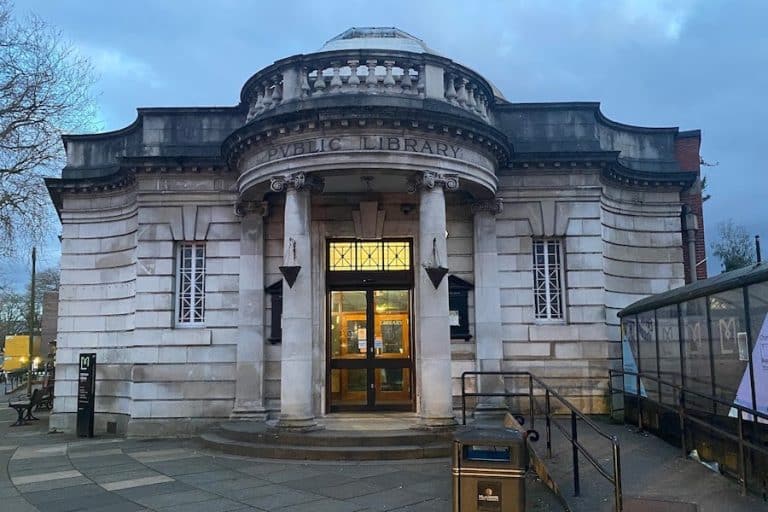
Chorlton Library gets a stunning renovation unveiling hidden treasures

How one selfless act sparked a career dedicated to saving lives

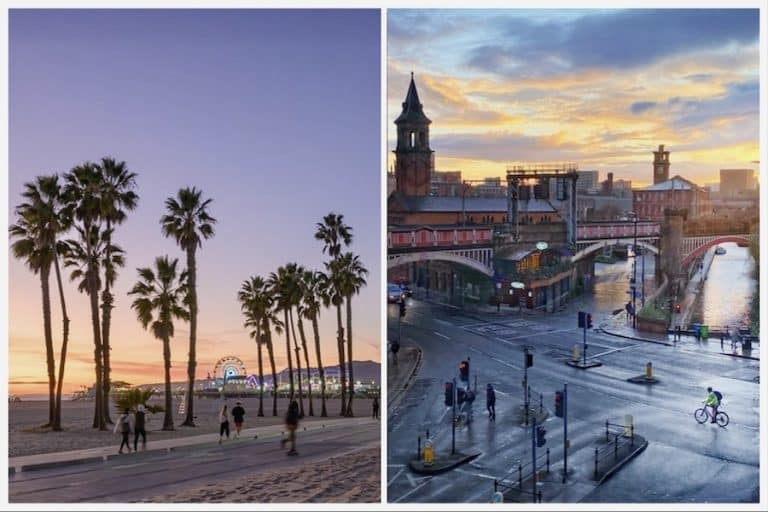
Manchester and Los Angeles prove that opposites really do attract
